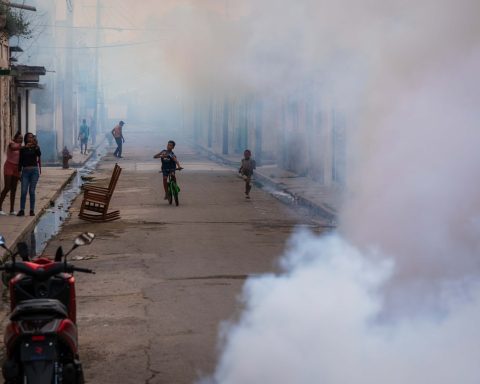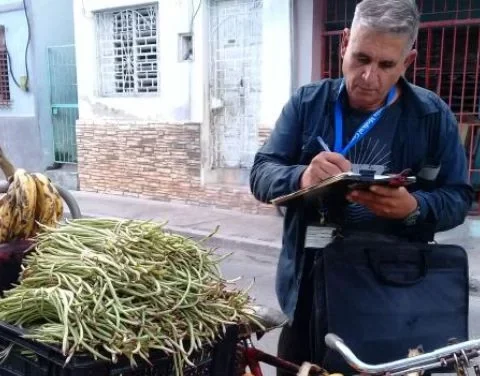MIAMI, United States. – Angerona, a farm located in Artemisa, became one of the most important coffee plantations in Western Cuba in the 19th century. Despite the fact that the history of this place has been told with a few drops of legends and myths, it is known that it was a very significant coffee plantation and that it became one of the most prosperous haciendas in the country.
According to researchers Lorenzo Hernández, Jorge Macle, Olga López and Migda Estévez, the Angerona coffee plantation came to contribute 2.2% of the national coffee production. In addition, he was recognized throughout the world for his high standards of mechanization for coffee production and for the treatment given to the slaves of his crew.
Reveca Figueredo Valdés, historian and head of the Provincial Department of Cultural Heritage in Artemisa, assured the official newspaper rebel youth that Angerona’s story goes beyond the alleged romance between the plantation owner and the Haitian Úrsula Lambert.
“It was visited and described by well-known travelers such as the American priest Abiel Abbott; the novelist Cirilo Villaverde; the Spanish Jacinto Salas y Quiroga and the famous Countess of Merlin. Angerona is much more than the possible love affair between a slave owner and an efficient collaborator”, highlighted the expert.
On the other hand, Berta Martínez Páez, a researcher who has been studying the records of the Cuban National Archive related to Angerona for nine years, has come to the conclusion that the love story between Cornelio Souchay and Úrsula Lambert is not documented. proven and that it could be a close working relationship. According to Martínez Páez, “Angerona is an agro-industrial heritage of exceptional value.”
Beyond its architectural value and socioeconomic potential, Angerona is a symbol that hopes to be honored with actions that recognize its status as a National Monument. Its ruins, preserved despite time, are silent witnesses of a history full of myths and truths, which hide secrets behind each wall.













